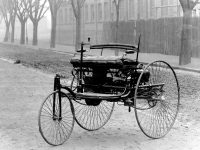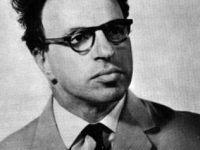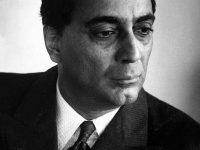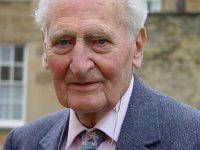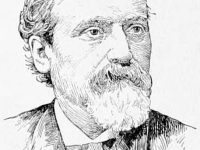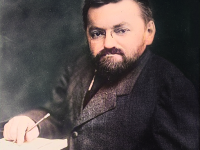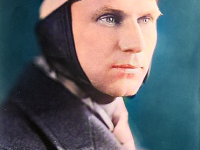George Edward Moore and the Naturalistic Fallacy
On November 4, 1873, English philosopher George Edward Moore (G. E. Moore) was born. Moore was, with Bertrand Russell, Ludwig Wittgenstein, and Gottlob Frege, one of the founders of the analytic tradition in philosophy. Along with Russell, he led the turn away from idealism in British philosophy, and became well known for his advocacy of common sense concepts, his contributions to ethics, epistemology, and metaphysics.[7] Youth and Education George Edward Moore was born…
Read more













